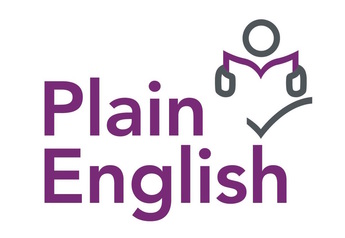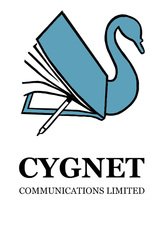|
Have you ever read the fine print of an iTunes license agreement before pressing “I agree”? Chances are you haven’t. Few of us have time to wade through its dense legal text, written at times in shouty full caps style. Fortunately a growing movement of writers, lawyers and designers are taking on the challenge to simplify the complex documents that run our lives. One young designer reduced the 4,137-word iTunes agreement to 381 words in six “human readable” slides. Corporate communications expert Alan Siegel responded to President Obama’s challenge to make a simple one-page consumer credit agreement. His work went viral in his TED talk. Here in Hong Kong, the Department of Justice is committed to making legislation, one of the most forbidding of texts, more user-friendly. It drafts laws in plain language to make them as simple and clear as possible, without taking away from precision and substance. Embedded in this endeavour is the noble objective that you don’t have to be a lawyer to understand your laws. All these inspiring efforts are part of the global move towards plain language. Plain language is communication that enables readers to easily find, understand and use information. It incorporates language, structure and design and puts the user’s experience firmly in the forefront. One of the early champions of plain language, Sydney University Prof. Robert Eagleson, described it is “clear straightforward expression, using only as many words as are necessary. It is language that avoids obscurity, inflated vocabulary and convoluted construction.”[1] It calls an “unpremised business person” a hawker.
As clear, accessible communication becomes a matter of public debate, plain language is transforming communications across the world in business, government, health, finance and User Experience sectors. Why is it a big deal? The spread of plain language comes at a time when complexity is causing havoc in our professional and personal lives. In 1980, the average credit card agreement was a page and a half long; today it has sprawled to 30 pages. It’s no wonder most of us sign it blindly, in good faith. But signing your name to something you don’t understand can be a risky business. Analyzing the 2008 financial crisis—triggered by the proliferation of millions of unsuitable mortgages—US regulators saw the need to simplify financial disclosures to help consumers understand their obligations and make responsible decisions. In response they created the Consumer Financial Protection Bureau with a mandate to promote clear consumer financial disclosures, written in plain language. As well as making financial sense, plain language has at its heart a democratic ideal: to empower people through access to information. Plain language avoids complex language and jargon which can exclude some users from the discourse. In Al Gore’s words, “Plain language is a civil right”. How to communicate in plain language At the heart of clear communication is the ability to write compelling texts. The plain language movement follows in the footsteps of compelling writers such as George Orwell and Mark Twain and the influential stylists Strunk and White. “Good prose is like a window pane,” said Orwell. It’s as transparent as that. Various tried and tested techniques can help you communicate plainly: Use clear expression
Use visual thinking to design effective documents. Layout and white space help your users navigate text Use clear conceptualization. Rigorously examine content to organize it logically and reduce it to the bare essentials. [1] Eagleson, Writing in Plain English, Australian Government Publishing Service, 1990.
0 Comments
Your comment will be posted after it is approved.
Leave a Reply. |
About this blogThis blog arises from keeping an eye on English in Hong Kong. I often use signs, notices and advertisements that I see as starting points to write about English issues that commonly challenge Hong Kong writers. Archives
October 2017
Categories
All
|


 RSS Feed
RSS Feed